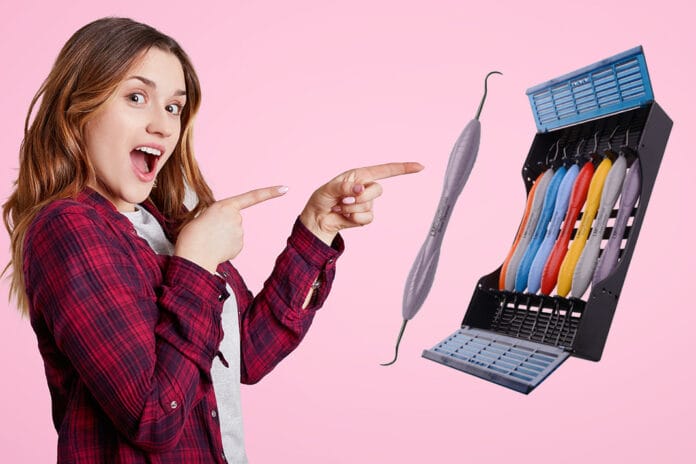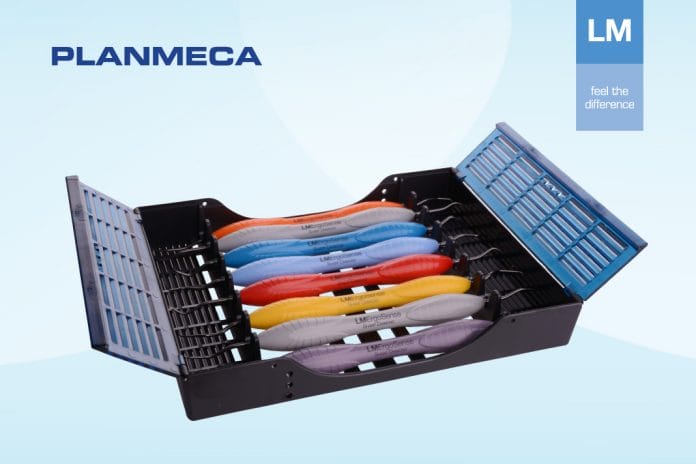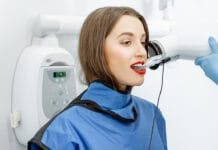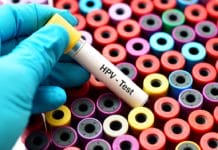Test Your Periodontal Instrumentation Knowledge!
Disclosure: This quiz is sponsored content from Planmeca as part of our sponsored partner program.
Now let's test your periodontal instrumentation knowledge!
Neither hand nor mechanical instruments are superior in removing subgingival deposits. Ultrasonic instruments remove less root structure than hand instruments but leave behind a rougher surface.
The goal of periodontal instrumentation is to alter the subgingival microbiota creating an environment that supports periodontal health. This can be achieved by reducing bacterial load and calculus deposits, which provide a porous surface that can harbor bacteria. Studies show this can be achieved with equal effectiveness by hand scalers, curettes, or ultrasonic scalers.
Krishna, R., De Stefano, J.A. Ultrasonic vs. Hand Instrumentation in Periodontal Therapy: Clinical Outcomes. Periodontol 2000. 2016 Jun; 71(1): 113-27. doi: 10.1111/prd.12119. PMID: 27045433. Retrieved from https://pubmed.ncbi.nlm.nih.gov/27045433/
When hand scaling, try to hold the instrument at the correct angle and avoid contacting metal restorative material; this will extend the life of the sharp cutting edge of the instrument.
Keeping instruments sharp requires some care on the part of the clinician. Cutting edges become dull from coming in contact with hard metal surfaces. Cassettes can reduce the chance of blades hooking, bumping, or pressing against each other. Overloading the ultrasonic bath or autoclave can also contribute to the dulling of the cutting edges. Additionally, incorrect angulation and scaling metal restorations will also dull instruments quicker.
Lowe, A. The Cutting Edge of Dental Instruments. Vital. 2010; 7: 33–35. https://doi.org/10.1038/vital1242. Retrieved from https://www.nature.com/articles/vital1242#citeas
Factors that determine pressure, length, and number of strokes include:
There are three different types of strokes utilized during periodontal instrumentation they include, exploratory stroke, scaling stroke, and root planing stroke. The factors that determine which stroke you will use involves evaluation of the amount and nature of the calculus, tone of the soft tissue, the contour of the tooth, and pocket depth and shape.
Saroch, N. Periobasics: A Textbook of Periodontics and Implantology- Second Edition. Sushrut Publications. December 17, 2019. Retrieved from https://periobasics.com/principles-of-periodontal-instrumentation/
The presence of furcation involvement approximately doubles the risk of tooth loss in multi-rooted teeth.
A systematic review determined furcation involvement “approximately doubles the risk of tooth loss for molars in supportive periodontal therapy for up to 10-15 years.” This study also discusses the possibility of the treatment rendered as a contributing factor. Having the proper instruments to reach difficult areas of the periodontally involved tooth, such as a furcation, can improve treatment outcomes.
The Furcator KS developed by Dr. Kimmo Suomalainen and distributed by LM Dental is designed to reach concave surfaces easily missed in the furcation. The instrument is small and delicate with a long-angled shank that resembles furcation probes. Though it is delicate, it is very effective at reaching the most difficult grooves and spaces. It can also be used for excavation of caries at the gingival margin. Better designed instruments allow dental professionals to provide better care, which will help patients maintain a healthy dentition.
Nibali, L., Zavattini, A., Nagata, K., et al. Tooth loss in Molars with and without Furcation Involvement - A Systematic Review and Meta-analysis. J Clin Periodontol. 2016 Feb; 43(2): 156-66. doi: 10.1111/jcpe.12497. Epub 2016 Feb 12. PMID: 26932323. Retrieved from https://pubmed.ncbi.nlm.nih.gov/26932323/
LM Dental, Furcator KS. Retrieved from https://lm-dental.com/en-us/products/hand-instrumentation/periodontics/furcation-instruments/furcator-ks/
There are many advantages to using instruments with a sharp cutting edge. Sharp cutting edges allow deposits to break off in smaller pieces reducing the risk of leaving burnished calculus.
There are multiple advantages to using sharp instruments, many of which reduce hand fatigue. A few of these additional advantages include
- A sharp edge will grab or contact the deposit close to where it attaches, requiring less pressure to remove the calculus
- Sharp cutting edges break deposits off in larger pieces leaving little chance of burnishing smaller pieces.
- Fewer strokes are required reducing operating time, patient discomfort, and fatigue for both the clinician and the patient.
Lowe, A. The Cutting Edge of Dental Instruments. Vital. 2010; 7: 33–35. https://doi.org/10.1038/vital1242. Retrieved from https://www.nature.com/articles/vital1242#citeas
Factors which determine the selection of an instrument include:
Selection of appropriate instruments can reduce discomfort for patients and make calculus removal easier and more efficient for the clinician. Factors to consider when selecting an instrument include quality and quantity of calculus, the severity of periodontal involvement, gingival retractability, root morphology, and overall accessibility. Other important factors to consider are the instrument's properties specifically flexibility or rigidity of the shank; you wouldn’t want to choose an instrument with flexibility to tackle tenacious calculus, and a shank too rigid could damage the root surface during root planning.
Saroch, N. Periobasics: A Textbook of Periodontics and Implantology- Second Edition. Sushrut Publications. December 17, 2019. Retrieved from https://periobasics.com/principles-of-periodontal-instrumentation/












